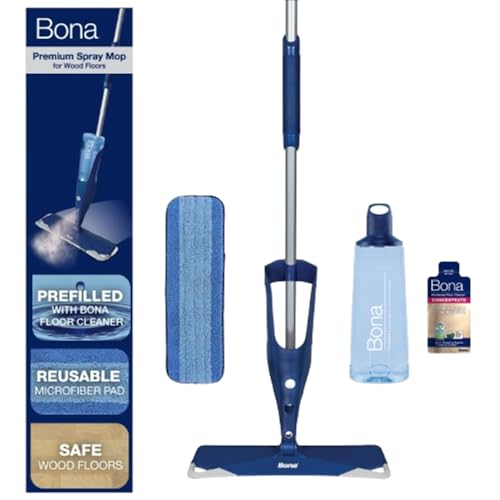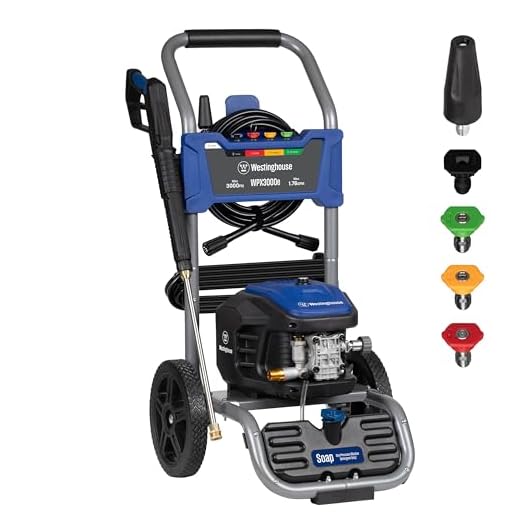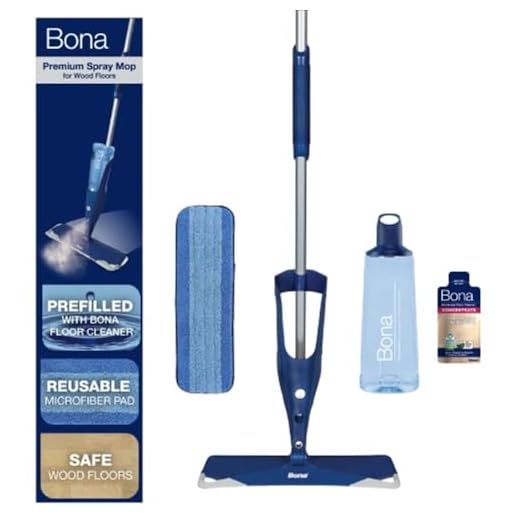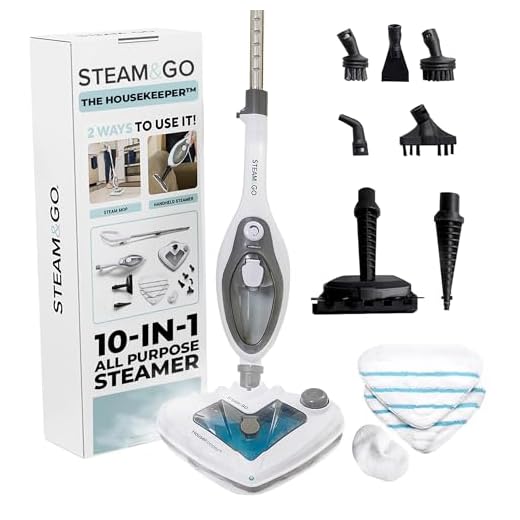Blog
Can You Pressure Wash Wood Furniture

Wood furniture is a beautiful addition to any home or outdoor space. It adds warmth and charm to the decor, but it also requires proper care and maintenance to keep it looking its best. Over time, wood furniture can accumulate dirt, grime, and even mold or mildew, which can detract from its appeal. One common question many people have is whether it’s safe to pressure wash wood furniture.
The answer to this question depends on several factors. While pressure washing can be an effective way to clean certain surfaces, it can also be damaging if used incorrectly. Wood furniture, in particular, is more delicate and susceptible to damage from high-pressure water. So, it’s essential to proceed with caution.
When considering pressure washing wood furniture, it’s crucial to assess the condition of the piece. If the furniture is in good shape with no loose or decaying wood, pressure washing may be a reasonable option. However, if the furniture is old, has loose components, or is made of softer wood, it’s best to avoid pressure washing altogether.
Is it Safe to Pressure Wash Wood Furniture?
Pressure washing can be a quick and effective way to clean outdoor surfaces, but when it comes to wood furniture, caution is necessary. While pressure washing may seem like a great solution for removing dirt and grime, it can actually cause damage to the wood if not done properly.
Wood furniture is more delicate and porous than other materials, such as plastic or metal. High-pressure water can easily strip away the protective finish of the wood, resulting in fading, discoloration, and even splintering. Additionally, water can seep into the wood and cause it to rot or mold over time.
However, if you take the necessary precautions, you can pressure wash wood furniture safely. Here are some tips to follow:
| 1. | Use a low-pressure setting: | Adjust the pressure washer to a low setting to reduce the risk of damaging the wood. Avoid using a high-pressure nozzle or getting too close to the furniture. |
| 2. | Test on a small, inconspicuous area: | Before pressure washing the entire piece of furniture, test it on a small, hidden spot to ensure that the wood can withstand the pressure and that the finish is not affected. |
| 3. | Keep a safe distance: | Stand at least 12 inches away from the furniture while pressure washing to minimize the impact of the water on the wood surface. |
| 4. | Use a wide-angle spray pattern: | Opt for a wide-angle spray pattern instead of a narrow one. This will help distribute the water more evenly and reduce the risk of concentrated pressure on certain areas. |
| 5. | Avoid harsh chemicals: | Avoid using harsh chemicals or cleaners when pressure washing wood furniture. Stick to mild soap and water to avoid damaging the wood or the finish. |
| 6. | Apply a protective sealant: | After pressure washing, consider applying a protective sealant or finish to the wood furniture. This will help restore its natural beauty and protect it from future damage. |
In conclusion, while pressure washing wood furniture can be safe if done correctly, it is important to take the necessary precautions to prevent damage. By using a low-pressure setting, testing on a small area, maintaining a safe distance, using a wide-angle spray pattern, avoiding harsh chemicals, and applying a protective sealant, you can effectively clean your wood furniture without compromising its integrity.
Understanding Wood Type
When it comes to pressure washing wood furniture, understanding the type of wood is crucial. Different types of wood have different characteristics and react differently to water and pressure. Here are some common wood types and their properties:
- Pine: Pine is a softwood that is commonly used in furniture. It is relatively soft and porous, which makes it prone to damage if exposed to excessive water and pressure. Pressure washing pine furniture can cause the wood to warp or splinter.
- Oak: Oak is a hardwood that is known for its durability and strength. It has a tight grain structure, which makes it less likely to absorb water. Pressure washing oak furniture can be done, but it is important to use the lowest pressure setting and keep the nozzle at a safe distance to avoid damaging the wood.
- Teak: Teak is a hardwood that is popular for outdoor furniture. It is naturally resistant to water and has a high oil content, which makes it highly durable and weather-resistant. Pressure washing teak furniture can help remove built-up dirt and grime without causing damage.
- Cedar: Cedar is a softwood that is commonly used for outdoor furniture. It has natural oils that help protect it from rot and decay. Pressure washing cedar furniture can help maintain its appearance and remove mold or mildew.
Before pressure washing any wood furniture, it is important to do a spot test in an inconspicuous area to see how the wood reacts. It is also recommended to use a wood-specific cleaner and follow the manufacturer’s instructions. Regular maintenance and proper care can help prolong the lifespan of wood furniture and keep it looking its best.
Potential Risks of Pressure Washing Wood Furniture
While pressure washing can be an effective method for cleaning various surfaces, it is important to understand the potential risks associated with using this technique on wood furniture.
1. Damage to the Wood: Pressure washing wood furniture can cause damage to the wood if not done carefully. The high-pressure water can strip away the protective finish and even carve grooves or dents into the surface. This can lead to a compromised appearance and reduce the lifespan of the furniture.
2. Water Seepage: Pressure washing can force water into the small cracks and gaps in the wood furniture, leading to water seepage. This can cause the wood to swell, warp, or rot over time. If the furniture is not properly dried after pressure washing, it can also promote the growth of mold and mildew.
3. Splintering and Splattering: The high-pressure water can also cause splintering of the wood furniture, especially if it is already aged or weakened. Splintered wood can be sharp and pose a safety risk. Additionally, the forceful water can splatter dirt, debris, and cleaning chemicals onto nearby surfaces or objects.
4. Removal of Stains or Paint: Pressure washing can remove stains or paint from wood furniture, especially if the pressure is too high or the furniture is delicate. This can result in an uneven or patchy appearance, requiring additional restoration and refinishing work to repair the damage.
Precautions for Pressure Washing Wood Furniture
1. Use Low Pressure: When pressure washing wood furniture, it is crucial to use low pressure to minimize the risk of damage. Adjust the pressure washer to a lower setting and test it on a small, inconspicuous area before proceeding to the entire piece of furniture.
2. Keep a Safe Distance: Maintain a safe distance between the pressure washer nozzle and the wood furniture while cleaning. This helps to prevent excessive pressure and potential damage to the wood surface.
3. Use a Wide Spray Pattern: Opt for a wide spray pattern instead of a concentrated stream. This helps to disperse the pressure more evenly and reduces the risk of carving grooves or dents in the wood.
4. Protect Nearby Surfaces: Cover or protect any nearby surfaces, objects, or plants that could be affected by the splattering of water, dirt, or cleaning chemicals.
Conclusion
While pressure washing can be tempting for cleaning wood furniture, it is important to consider the potential risks involved. Taking precautions and using low pressure can help minimize the chances of damage to the wood. If in doubt, it is best to consult a professional or consider alternative cleaning methods to avoid any potential harm to your valuable wood furniture.
| Potential Risks | Precautions |
|---|---|
| Damage to the Wood | Use low pressure, test on a small area |
| Water Seepage | Properly dry the furniture after pressure washing |
| Splintering and Splattering | Maintain a safe distance, use wide spray pattern, protect nearby surfaces |
| Removal of Stains or Paint | Proceed with caution, use low pressure |
Proper Techniques for Pressure Washing Wood Furniture
Pressure washing can be a highly effective method for cleaning wood furniture, but it is important to use proper techniques to ensure that the furniture is not damaged. With the right approach, you can remove dirt, grime, and mildew from your wood furniture and restore its original beauty.
1. Choose the Right Pressure Washer
Before you begin pressure washing your wood furniture, it is essential to select a pressure washer with the appropriate settings. Look for a pressure washer with adjustable pressure and flow rates, as using too much pressure can cause the wood to splinter or crack. It is recommended to start with a low-pressure setting and gradually increase the pressure if necessary.
2. Test a Small Area First
Prior to pressure washing the entire piece of wood furniture, it is advisable to test a small, inconspicuous area first. This will help you ensure that the pressure washer is not causing any damage to the wood. If the test area shows any signs of damage or discoloration, adjust the pressure or consider an alternative cleaning method.
| Pressure Washing Tips for Wood Furniture |
|---|
| Use a wide fan spray nozzle to distribute the pressure evenly over the surface of the wood. |
| Maintain a consistent distance of 6-12 inches between the pressure washer and the furniture. |
| Move the pressure washer in smooth, sweeping motions to prevent streaks or lines on the wood. |
| Do not aim the pressure washer directly at the joints, as this can loosen or damage them. |
| After pressure washing, allow the wood furniture to dry completely before applying any finishes or treatments. |
Following these proper techniques for pressure washing wood furniture will help you achieve optimal results without causing any damage. It is important to exercise caution and use the appropriate settings to ensure the longevity and beauty of your wood furniture.
Alternative Methods for Cleaning Wood Furniture
If you’re hesitant about pressure washing your wood furniture, there are alternative methods you can try:
1. Gentle Hand Cleaning: Start by dusting off the furniture with a soft cloth or brush. Then, create a mixture of mild soap and warm water. Dip a cloth into the soapy water and wring it out. Gently wipe the furniture, making sure to go with the wood grain. Rinse the cloth frequently and change the water as needed. Finally, dry the furniture thoroughly with a clean, dry cloth.
2. Vinegar Solution: Mix equal parts white vinegar and water in a spray bottle. Spritz the solution onto a soft cloth and wipe the furniture. The acidic properties of vinegar help remove grime and grease. Be sure to dry the furniture completely to prevent any damage.
3. Lemon Juice and Olive Oil: Create a natural wood cleaning solution by combining equal parts lemon juice and olive oil. Apply a small amount of the mixture to a soft cloth and rub it onto the furniture in circular motions. This method not only cleans but also adds shine to the wood surface.
4. Baking Soda Paste: Make a paste by combining baking soda with a small amount of water. Apply the paste to a soft cloth and gently rub it onto the furniture. The mild abrasive nature of baking soda helps remove stubborn stains and dirt. Rinse the furniture with a damp cloth and dry it thoroughly.
Note: Before using any of these methods, it’s important to test them on a small, inconspicuous area of the furniture to ensure they don’t cause any damage or discoloration.
By trying these alternative methods, you can safely and effectively clean your wood furniture without the need for a pressure washer.
Questions and answers
Can you pressure wash wood furniture?
Yes, you can pressure wash wood furniture, but it is important to use the correct technique and pressure setting to avoid damaging the wood.
What pressure setting should I use when pressure washing wood furniture?
When pressure washing wood furniture, it is recommended to use a pressure setting of 500 to 800 psi (pounds per square inch). This lower pressure will prevent the wood from splintering or cracking.
Should I use detergent when pressure washing wood furniture?
Using a mild detergent or a wood cleaner specifically designed for pressure washing can help remove dirt, grime, and stains from the wood furniture surface. However, it is important to follow the manufacturer’s instructions and properly rinse the furniture afterwards to prevent any residue from causing damage.
Can pressure washing remove paint or stain from wood furniture?
Yes, pressure washing can remove paint or stain from wood furniture if used with a high enough pressure setting. However, it is important to be cautious and test a small, inconspicuous area first to determine the effect of pressure washing on the paint or stain.
Are there any precautions I should take when pressure washing wood furniture?
Yes, there are a few precautions to take when pressure washing wood furniture. It is important to keep the pressure washer nozzle at least 12 inches away from the furniture surface to avoid causing damage. Additionally, it is recommended to work in a sweeping motion and follow the wood grain to prevent any streaking or uneven cleaning. Lastly, it is advisable to protect any nearby plants, delicate surfaces, or electronics from the water spray.
Is it safe to pressure wash wood furniture?
Pressure washing wood furniture can be risky as it can damage the wood surface. It is recommended to use low-pressure settings or avoid pressure washing altogether for delicate wooden furniture.
What is the best way to clean wood furniture?
The best way to clean wood furniture is by using a mild detergent mixed with warm water and a soft cloth. Gently wipe the surface of the furniture, making sure to remove any dirt or grime. It is important to avoid using excessive moisture or harsh chemicals that can damage the wood.
Recent Posts
-
How To Connect Soap To Honda Pressure Washer
June 28, 2024 -
A To Z Pressure Washing Scam
June 27, 2024 -
How To Pressure Wash Your Home With A Garden Hose
June 27, 2024 -
Where Can I Buy Honda Pressure Washer Parts
June 25, 2024










